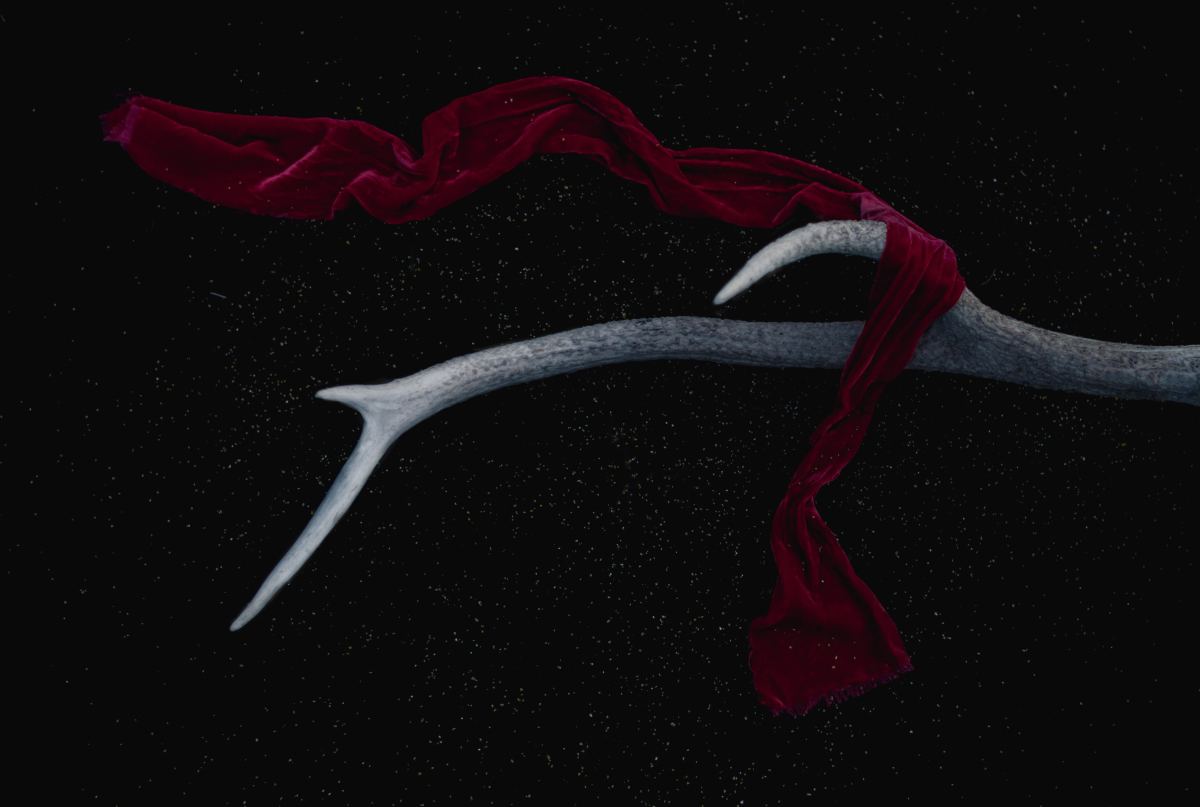

Over the successive decades and centuries, Gothic fiction has endured, with many more classics added to the canon. While this novel only flirts with the unexplained, later Gothic works of the 19th century feature actual supernatural happenings and creatures. To further complicate matters, Jane is overcome with romantic feelings for her employer. Rochester's home is dark and frightening, with shadowy halls and strange noises in the night. It is about a young woman named-you guessed it-Jane Eyre, who survives an unpleasant upbringing and is hired as a governess for Edward Rochester. This short story is about the doomed Usher family and their descent into madness, and it is dripping with foreboding and despair.Īnother great 19th century work of Gothic fiction is Jane Eyre by Charlotte Brontë, which was published in 1847. Edgar Allan Poe's "The Fall of the House of Usher" is one of the early popular examples and one of the first widely published works of Gothic fiction by an American.


As the 18th century came to a close, the hallmarks of the genre were well established-but it wasn't until the 19th century that works of Gothic literature became popular worldwide. Divorce, mistaken identity, ghosts, murder, and general mayhem ensue.Īfter Walpole, other early contributors to Gothic literature included William Thomas Beckford, Matthew Lewis, Ann Radcliffe, and Clara Reeve. This is a tragedy, yes, but Manfred dreads something worse than his son's death: an ancient curse on his family. On the day his son is to wed a princess, a helmet falls from the castle wall and kills him. It tells the story of the doomed Manfred, lord of the castle, and his heirs. It is said that Walpole took inspiration from his own 18th-century Gothic-styled home (which had a very un-Goth name: Strawberry Hill House) for this novel. The first work to be classified as Gothic literature is English author Horace Walpole's The Castle of Otranto, published in 1764. While an enormous departure from the realistic works that had dominated literature for so long, it was welcomed with wide open arms. Fans of Gothic fiction embraced the genre's dives into the unknown and the mysterious, reveling in the sensation of being kept on edge. An offshoot of the movement of Romanticism, which was popularized in the first half of the 18th century in Europe and marked by abundance of emotions and imagination, Gothic fiction took such passionate characteristics and added a darker tone. Gothic fiction embraces a romantic idealization of death, mixed with high drama and the supernatural. Like Gothic architecture, this literary style is marked by vivid images of foreboding castles and mansions with secret alcoves and shadowy rooms. Gothic fiction's roots go back nearly 300 years to Britain in the mid-18th century. With its large, looming windows, pointy peaks, and dark facades, Gothic architecture paved the way for a whole gloomy genre of music, fashion, and, of course, literature.

This style was used on cathedrals, castles, mansions, and more. One of the primary definitions of “Gothic” relates to an architectural style that originated in northern France in the 12th century. But Gothic fiction is more than just cobwebs and candelabras. These creepy, creaky literary classics have the power to transport listeners to foggy moors and crumbling estates, where wolves howl in the night and shadows lurk in the hallways. Hyde by Robert Louis Stevenson, and "The Fall of the House of Usher" by Edgar Allan Poe. Some of the most popular and enduring novels and short stories are works of Gothic fiction, including Jane Eyre by Charlotte Brontë, Frankenstein by Mary Shelley, The Picture of Dorian Gray by Oscar Wilde, The Strange Case of Dr.


 0 kommentar(er)
0 kommentar(er)
